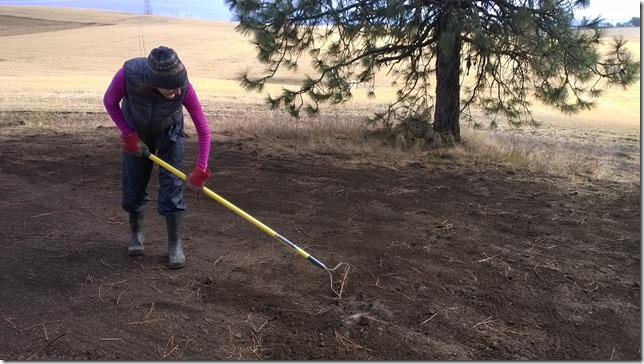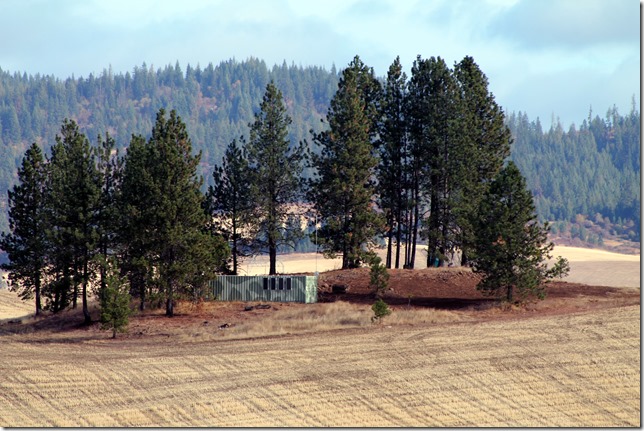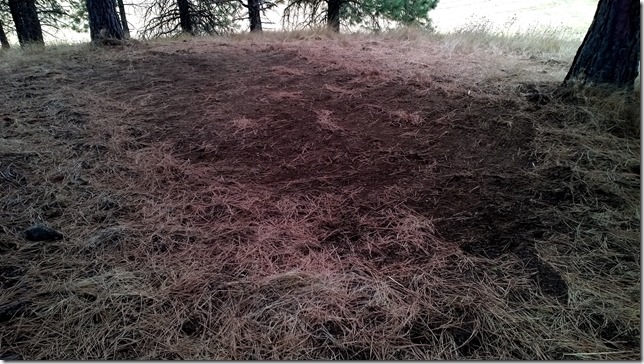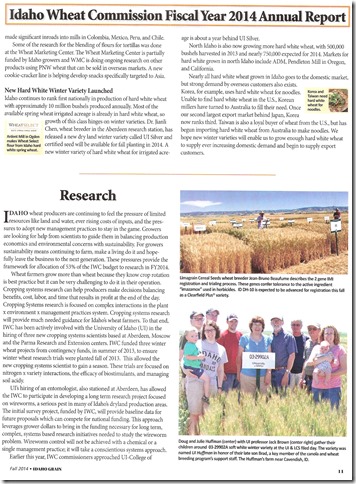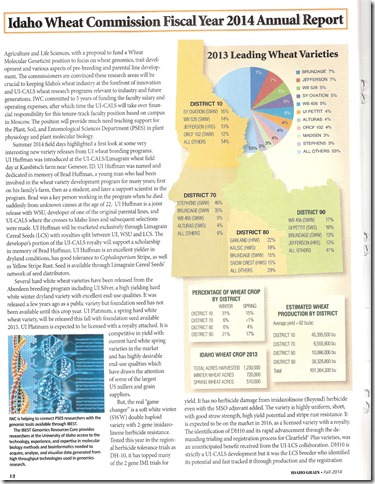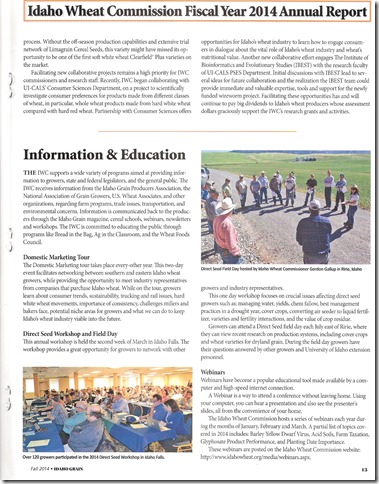H/T to Ubu52 for the link to this recent paper on The Impact of Right to Carry Laws and the NRC Report. NRC stands for “National Research Council”.
First off it really doesn’t matter if the crime rate were to increase as fewer people had their right to carry defensive tools infringed. You don’t see people doing studies on the conviction rates because people invoke their right to have a lawyer present when being questioned by the police. The only reason they are doing these studies is because they want to eliminate or minimize to the maximum extent possible the Second Amendment and the right to keep and bear arms.
Here is part of their abstract:
Across the basic seven Index I crime categories, the strongest evidence of a statistically significant effect would be for aggravated assault, with 11 of 28 estimates suggesting that RTC laws increase this crime at the .10 confidence level. An omitted variable bias test on our preferred Table 8a results suggests that our estimated 8 percent increase in aggravated assaults from RTC laws may understate the true harmful impact of RTC laws on aggravated assault, which may explain why this finding is only significant at the .10 level in many of our models. Our analysis of the year-by-year impact of RTC laws also suggests that RTC laws increase aggravated assaults. Our analysis of admittedly imperfect gun aggravated assaults provides suggestive evidence that RTC laws may be associated with large increases in this crime, perhaps increasing such gun assaults by almost 33 percent.
In addition to aggravated assault, the most plausible state models conducted over the entire 1979-2010 period provide evidence that RTC laws increase rape and robbery (but usually only at the .10 level). In contrast, for the period from 1999-2010 (which seeks to remove the confounding influence of the crack cocaine epidemic), the preferred state model (for those who accept the Wolfers proposition that one should not control for state trends) yields statistically significant evidence for only one crime — suggesting that RTC laws increase the rate of murder at the .05 significance level. It will be worth exploring whether other methodological approaches and/or additional years of data will confirm the results of this panel-data analysis and clarify some of the highly sensitive results and anomalies (such as the occasional estimates that RTC laws lead to higher rates of property crime) that have plagued this inquiry for over a decade.
My statistics are sufficiently rusty that I don’t feel comfortable digging into their numbers much. But the first thing that jumped out at me is “11 of 28 estimates suggesting that RTC laws increase this crime”. And what about the other 16 estimates? Are they cherry picking their data? There are other indications that they are. They specifically removed Florida and Georgia data from some of their numbers:
we note is the strong influence of Florida and Georgia on our estimates of the impact of RTC laws on murder (Figure 10). When we remove these two states, the post-adoption trend lines for murder clearly shift upwards.
I didn’t read the entire paper but I didn’t see where they looked for other states to drop to see if the “trend lines for murder clearly shift” downward. What would have the result been had they done so? They justify the drop of Florida and Georgia because of the crack “epidemic” which coincided with the concealed carry laws changes. But if someone found they could drop other states and show a marked downward trend in crime I suspect they could find some other justification for dropping them. It’s easy to convince yourself of something you want to hear. It is far safer to use all the data unless you know a serious measurement error occurred.
Another issue I have with this paper is the apparent complete confidence in correlation equals causation. They always say RTC (Right To Carry) laws cause the increases in crime they found.
But the biggest issue I have is something they never bring up. And I think this is fatal flaw that completely invalidates their paper. They write about the RTC laws causing an increase in violent crime. They never say that the people exercising their rights are responsible for the crimes. I find that absolutely fascinating. I suspect they studiously ignored this obvious jump for a very specific reason. If they had claimed that then their conclusions would have been easily falsified by data that shows people who have concealed carry permits are more law abiding than the general population. Good numbers are a bit hard to come by but see, for example, the Florida numbers on the number of licenses revoked for any reason.
If their conclusions were actually true then why didn’t they go the tiny bit extra and demonstrate it was the result of all those extra people legally carrying guns that inflicted the crime upon the general population rather than just the passage of the law itself?
My hypothesis is that data proves something they have no interest in being publically known.
Update: Another thing I thought of during the night after posting this was that their model for the effect RTC laws have on crime rates is apparently something like the following. People that would not normally commit violent crimes seek out permission from the government to carry a gun. This government permission to carry a gun in public causes/enables/something them to commit crimes. Hence they obey the rules to not carry a gun without government permission then disobey rules against using the gun in an unlawful manner against other people.
Someone has to be pretty messed up in the head to believe that is a viable hypothesis. And further messed up to be able to twiddle with the data enough to confirm their absurd hypothesis.
Like this:
Like Loading...

